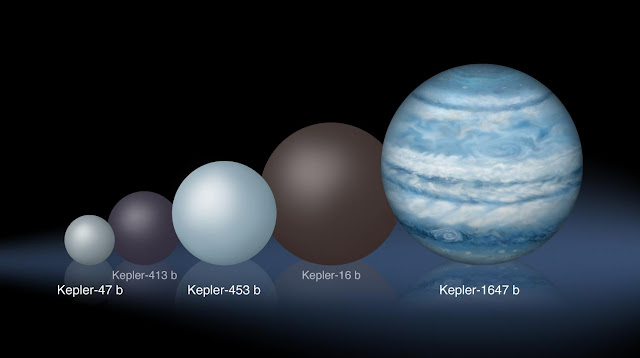Figure 1: Artist’s impression of a giant planet hosting a large, potentially habitable moon.
Kepler-1647 is an eclipsing binary system consisting of a pair of somewhat Sun-like stars. One star is slightly large than the Sun (primary star) and the other is slightly smaller (secondary star). An eclipsing binary system is basically a binary star system whose brightness varies periodically as the orbital plane of the two stars is orientated such that the two stars periodically pass in front of one another. Observations by NASA’s Kepler space telescope revealed the presence of a giant planet, identified as Kepler-1647b, in orbit around the eclipsing binary system.
Kepler-1647b is known as a transiting circumbinary planet as it orbits two stars. It has a very long orbital period of about 1100 days, making it longest-period transiting circumbinary planet discovered to date and one of the longest-period transiting planets. In total, Kepler-1647b produced three transits. Two transits were across the secondary star and one was a heavily blended transit across the primary star. During the heavily blended transit, both Kepler-1647b and the secondary star were simultaneously crossing the line of sight to the primary star. Such an event is relatively rare, and it is referred to as a syzygy.
Figure 2: Comparison of the relative sizes of several transiting circumbinary planets, from the smallest (Kepler-47b) to the largest (Kepler-1647b). Kepler-1647b is the largest known transiting circumbinary planet. Image Credit: Lynette Cook
Kepler-1647b is estimated to have 1.06 ± 0.01 times the radius of Jupiter, making it the largest circumbinary planet discovered to date. In addition, Kepler-1647b is also the first known Jupiter-like transiting circumbinary planet. Before the discovery of Kepler-1647b, all known transiting circumbinary planets were Saturn-sized or smaller. By measuring the perturbations in the timings of the stellar eclipses of the eclipsing binary system due to the gravitational pull of the planet, Kepler-1647b is found to have 1.52 ± 0.65 times the mass of Jupiter, or 483 ± 206 times the mass of Earth.
It appears that the orbit of Kepler-1647b is within the circumbinary Habitable Zone (HZ) of the eclipsing binary system. In fact, the planet is well within the conservative HZ for the entire duration of its orbit. The time-averaged insolation that Kepler-1647b receives is estimated to be 0.71 ± 0.06 times the intensity of solar radiation Earth gets from the Sun. While Kepler-1647b itself is not habitable as it is a gas giant planet, it can host terrestrial-sized moons that are potentially habitable.
Figure 3: Top view of the orbital configuration of the Kepler-1647 system. The figure shows the location of the habitable zone (green) and the planet’s orbit (white circle). The binary star is in the center, surrounded by the critical limit for dynamical stability (red circle). The dark and light green regions represent the conservative and extended HZ, respectively. Kepler-1647b is inside the conservative HZ for its entire orbit. Kostov et al. (2016)
Reference:
Kostov et al. (2016), “Kepler-1647b: the largest and longest-period Kepler transiting circumbinary planet”, arXiv:1512.00189 [astro-ph.EP]


